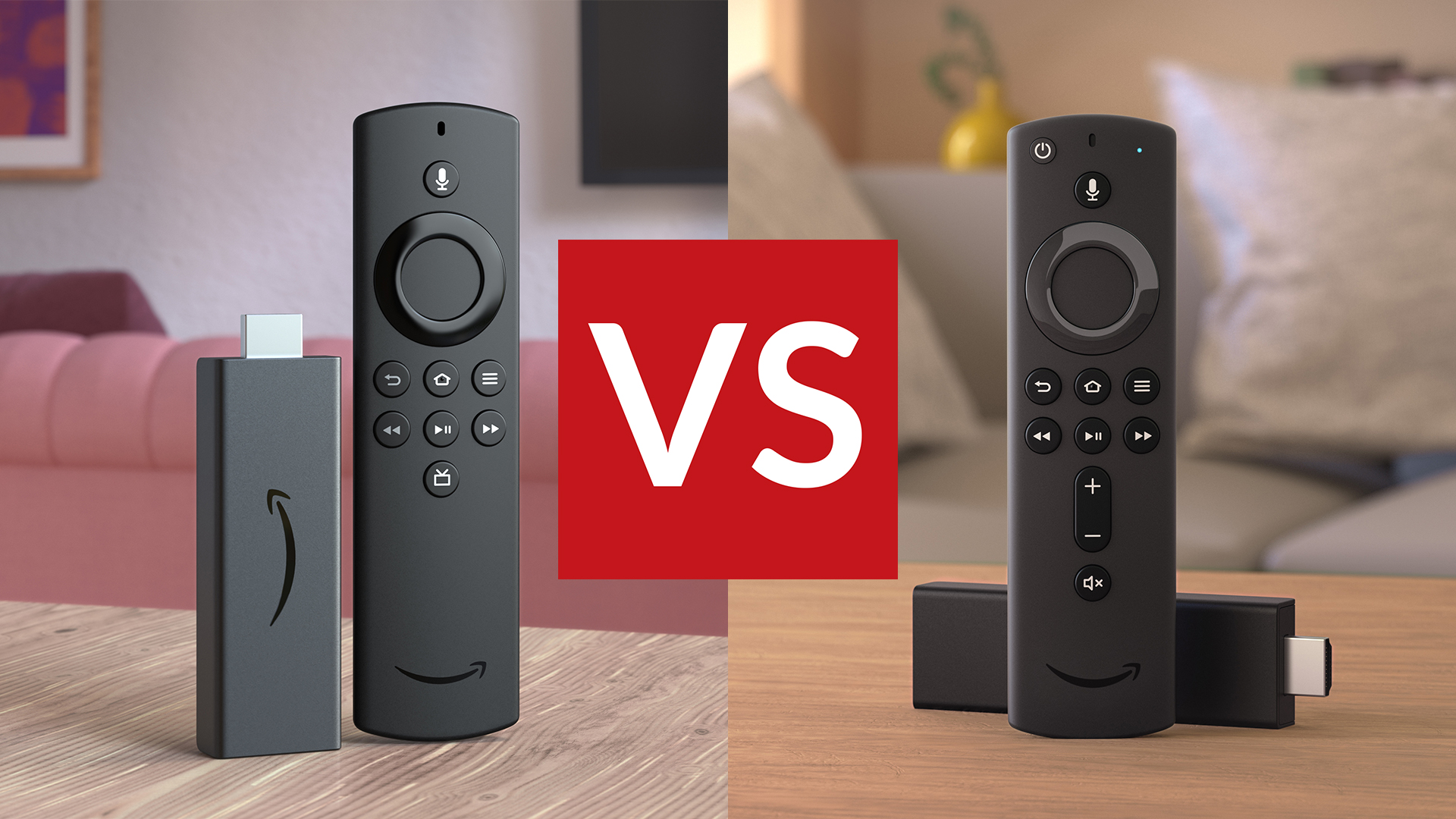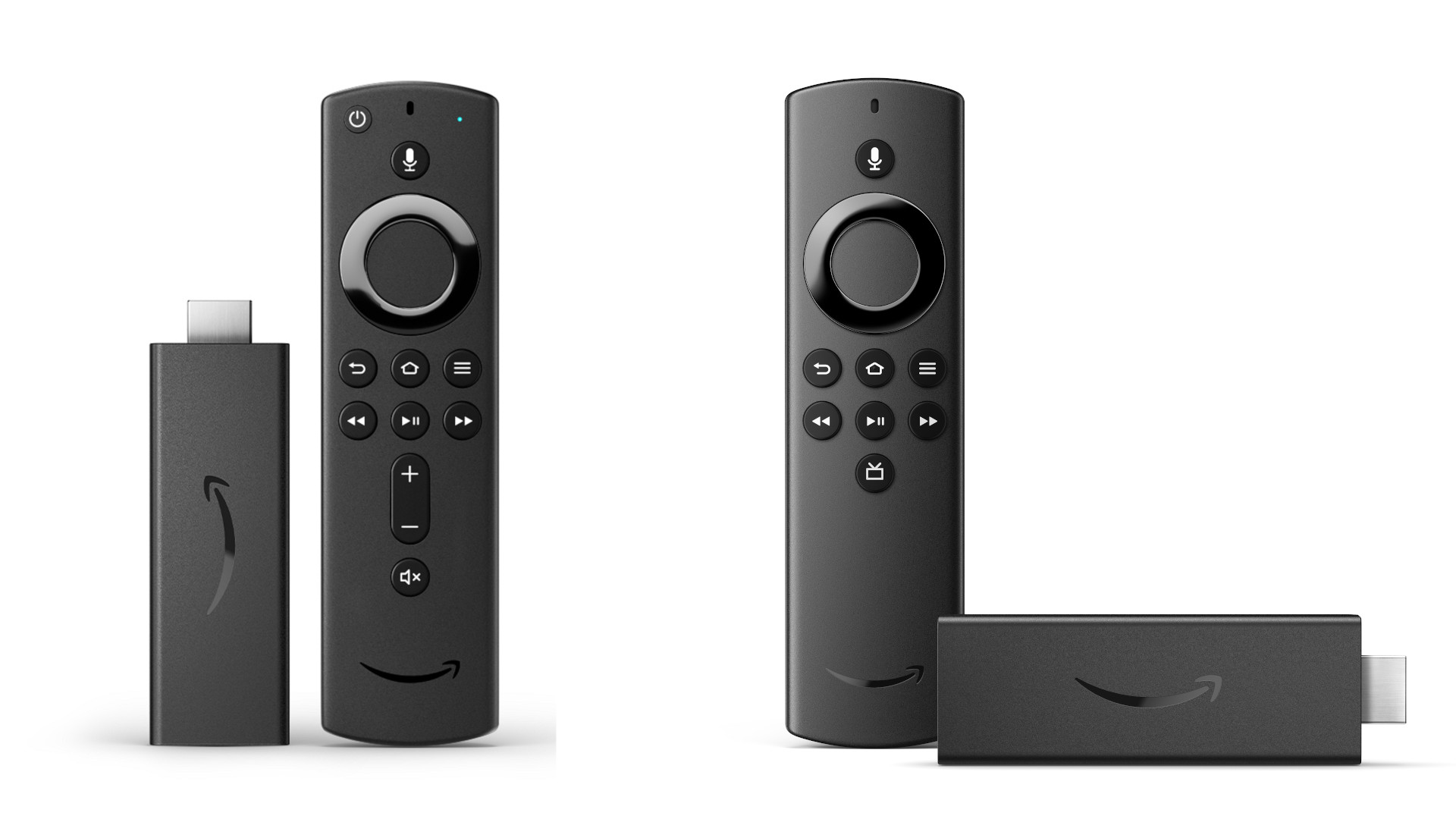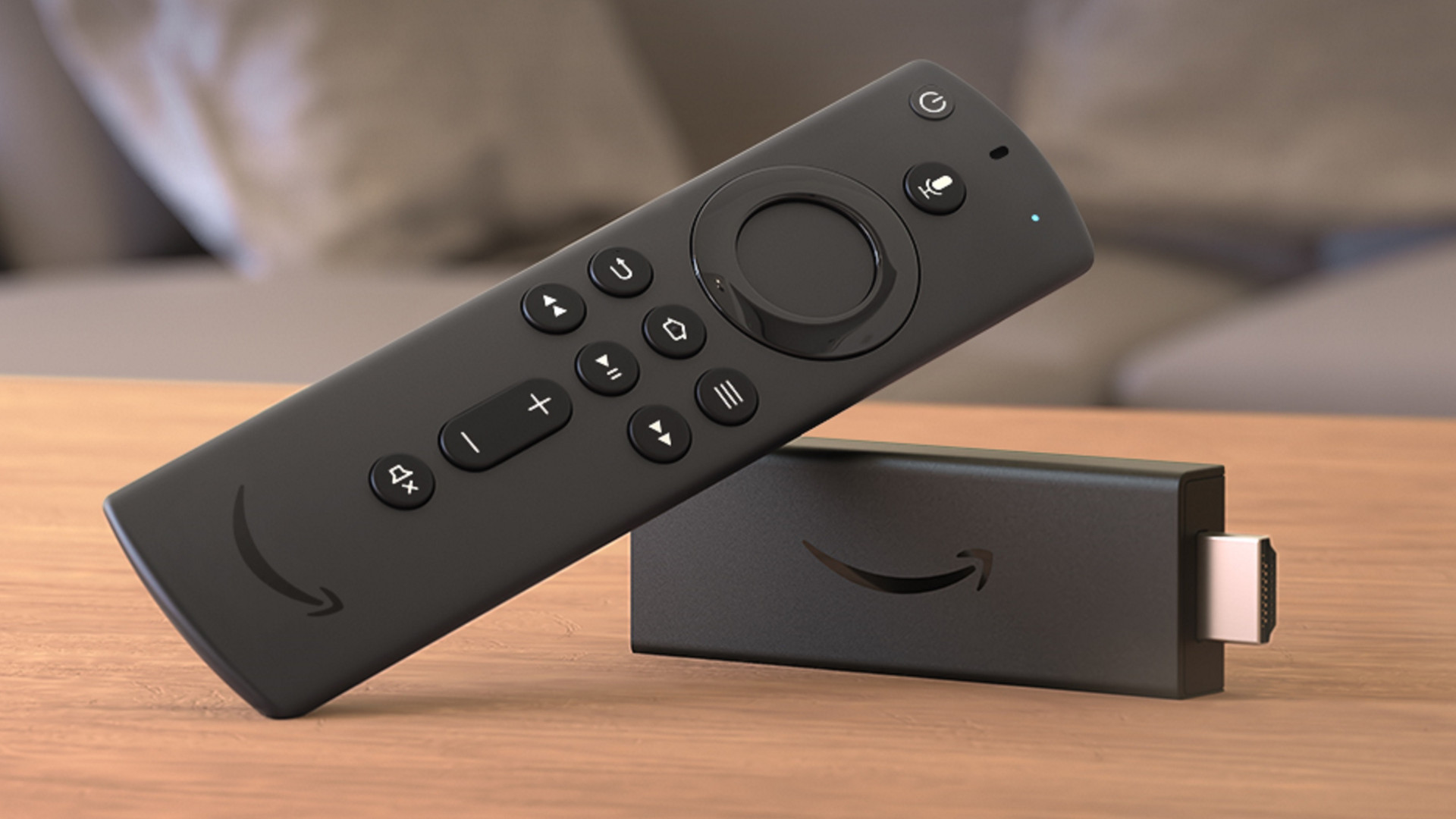
If you're looking for a cheap TV streaming upgrade for your TV, you may well be looking at the Amazon Fire TV Stick Lite vs the regular Amazon Fire TV Stick, and wondering exactly what the differences are.
Facing stiff competition from the likes of Google's new Chromecast and the cheap Roku Express, Amazon has thrown the cat among the pigeons with the Fire TV Stick Lite, slashing £10/$10 off the price of the 2020 model of the Fire TV Stick by releasing a slightly cut-down version of its TV streamer.
That puts it right at the same price point as the Roku Express, and means the Fire TV Stick Lite is sure to shift some massive numbers as folks flock to the site to check out the best Amazon Prime Day deals.
But what are the differences between the Lite and standard versions of the Fire TV Stick? Is the Lite really the bargain it seems to be, or is it a headline-grabber mainly designed to lead you towards the more expensive entries in the Fire TV line? Should you actually opt for one of the other best media streamers, such as the Fire TV Stick 4K or the Fire TV Cube? Let's find out.
- Discover the best Amazon Prime Day TV deals
- Meet the best OLED TVs
- And the best gaming TVs, ready for PS5

Left: Amazon Fire TV Stick (2020) / Right: Amazon Fire TV Stick Lite
Amazon Fire TV Stick vs Fire TV Stick Lite: The Remote
First things first: those remotes. Both the Fire TV Stick and Fire TV Stick Lite feature what look, at a glance, to be identical remotes. Both include a microphone to allow you to access Alexa voice control. But look closer: the Lite version is three buttons short. There's no power button, no mute, and no volume controls – but there is a new button, called the 'guide' button by Amazon, which takes you to live TV listings as long as you're subscribed to a service which supports it.
The lack of TV controls is one of the key concessions of the Fire TV Stick Lite against the other models in the line, bar the first generation Fire TV Stick, which had the same limitation.
Depending on your setup, that may not really be such a big deal. As long as the main unit is plugged into an HDMI-CEC port (which is standard on TVs these days), you can pretty much put the Lite's remote to the side and control everything on the streaming stick with your main TV remote. Yes, it'll be awkward having to dig out the remote if you want to use Alexa, but that's true of every version of the Fire TV Stick.
Sign up to the T3 newsletter for smarter living straight to your inbox
Get all the latest news, reviews, deals and buying guides on gorgeous tech, home and active products from the T3 experts

Amazon Fire TV Stick (2020)
Amazon Fire TV Stick vs Fire TV Stick Lite: The Stick
The outward designs of both the Fire TV Stick Lite and Fire TV Stick 3rd generation are identical. They're both little black rectangles which live behind your TV, tucked out of sight, powered by a micro-USB cable that can get the juice it needs from just about any TV USB port.
Inwardly they're pretty damn similar too, to the point that we're not entirely convinced that they don't use exactly the same chips inside. Both can provide video at up to 1080p Full HD, and both offer support for HDR, including the more advanced HDR10+ variant. For 4K and the more common Dolby Vision advanced HDR, you'll need to step up to a Fire TV Stick 4K or second-gen Fire TV Cube.
The only real difference in terms of processing is that the Lite version lacks Dolby Atmos support, and indeed only supports standard Dolby Audio by passing it through for your TV to handle.
That's not a huge loss, honestly. If you're adding this to a TV with high-end audio, you're probably also going to be able to find the extra £10/$10 for the standard edition. Actually, you'll likely also have the 4K TV that justifies the expense of the Fire TV Stick 4K, and you should buy that instead.
The Lite edition is meant for those other TVs. The small TV in the bedrooms, now living its second life – the TVs for which Atmos processing won't matter at all. The guide button certainly suggests that TVs which aren't hooked up to an antenna or cable connection are a target, too. You can use it on higher-end setups, but you probably shouldn't.

Amazon Fire TV Stick Lite
Amazon Fire TV Stick vs Fire TV Stick Lite: Is that it? Really?
That really is it. Those are the differences: the main line Fire TV Stick gets Dolby Atmos support, it gets TV volume and power control, and it lacks the (possibly extraneous) guide button of the Lite edition.
In all other respects the two versions are identical, and if those functions aren't important to you, you might as well save the £10/$10 and opt for the Fire TV Stick Lite. Even if it doesn't get a discount when this year's Amazon Prime Day deals drop, it's an absolute bargain at £30/$30.
Note, though, that these are the headline differences, and there may be one or two things left to discover. We've seen reports, for instance, that the firmware version number is different between the two hardware versions, which may mean subtle incompatibilities for certain apps – we expect everything to be fine, but only more long-term use would reveal this.
So, if you want to watch 4K content, avoid both of these and pick up a Fire TV Stick 4K or Fire TV Cube. If you're happy with 1080p but want to be able to control your TV or soundbar with the same remote, go for the Fire TV Stick. But if that's not so important, the Fire TV Stick Lite will do the job nicely for barely any money.
T3 magazine's own Gadget Guru is a 25-year veteran of the tech writing wars, and has the scars to prove it. He's written for the UK's biggest technology publications, and knows everything from smart doorbell voltage needs to how to bend Windows to his every whim.


